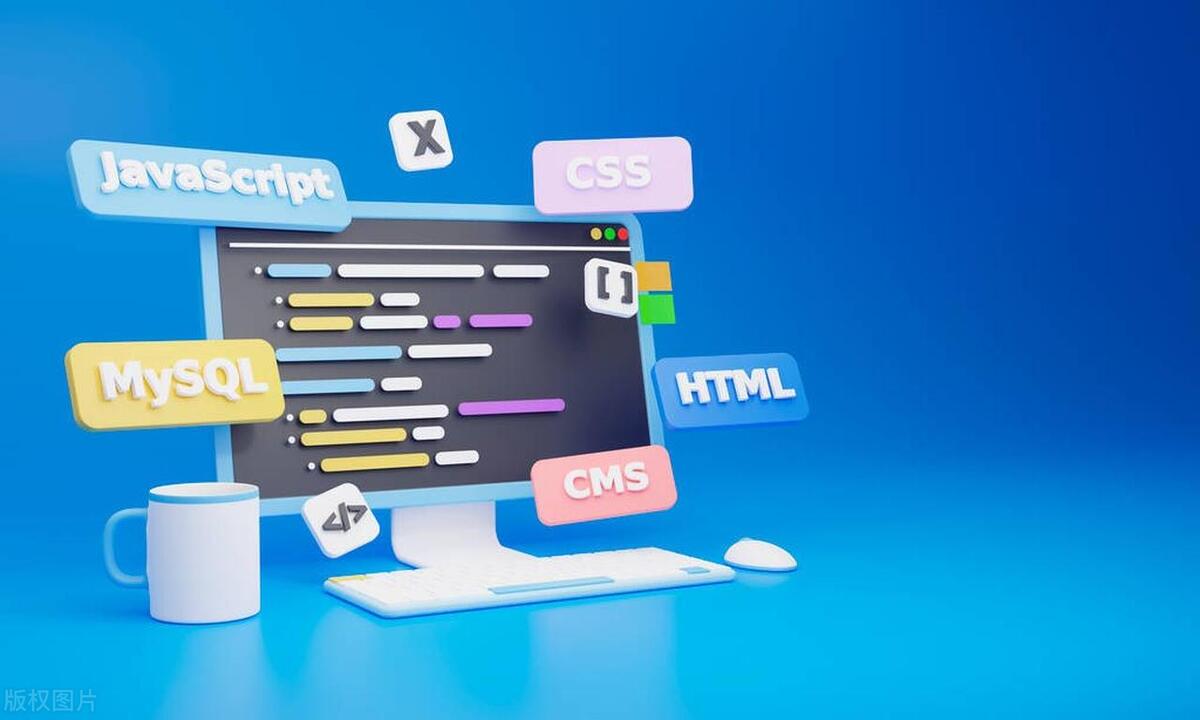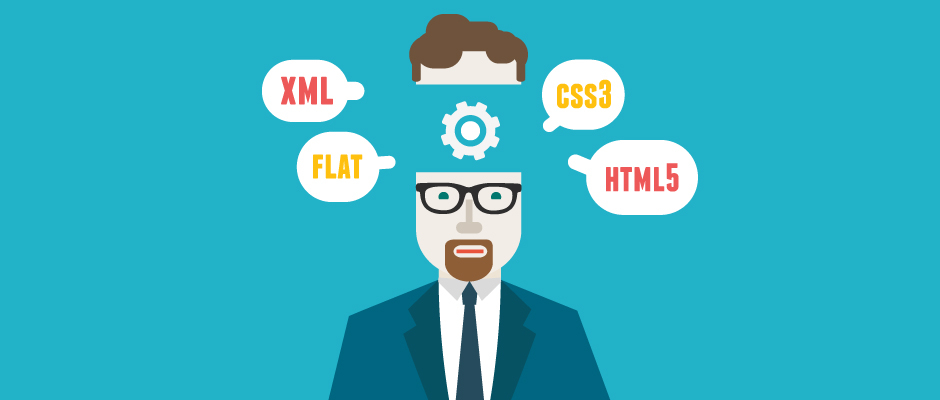To solve the problem of overlapping web elements, we must first understand CSS positioning and z-index attributes. 1. The positioning type of the element determines the layout method in the page, such as static, relative, absolute, fixed and sticky, each has different behaviors; 2. z-index controls the stacking order of elements, but is only valid for positioning elements and is subject to the stacking context; 3. In actual repair, the pull-down menu needs to set position: absolute and higher z-index. The background color should be added to the fixed head and the top margin should be added to the content area. The modal box should use position: fixed and higher z-index. The overlap between absolute positioning elements is solved by adjusting the z-index or container level. Mastering these principles can effectively deal with common overlapping problems.

When elements on a webpage overlap, it's usually because of how they're positioned and layered. Fixing this often comes down to understanding CSS positioning and the z-index property.

Understanding Positioning Types
Before diving into z-index , you need to know how different position values ??affect layout:

- static (default): Elements sit in the normal document flow. They ignore
top,bottom,left, andrightproperties. - relative : The element stays in the flow but can be nudged using directional properties like
toporleft. Useful for small adjustments without breaking layout. - absolute : Takes the element out of the flow and positions it relative to the nearest positioned ancestor (non-static). If none exists, it goes all the way up to the viewport.
- fixed : Similar to absolute, but always positioned relative to the browser window, even when scrolling.
- sticky : Combines static and fixed behavior. It behaves like
staticuntil a certain scroll point, then acts likefixed.
Knowing which one to use is key. For example, if you want a dropdown menu to appear above everything else, position: absolute combined with z-index is probably your go-to setup.
Using Z-index to Control Stacking
z-index determines the stacking order of elements — higher numbers appear on top. But here's the catch: z-index only works on positioned elements ( relative , absolute , fixed , or sticky ). A common mistake is applying z-index to a static element and wondering why it doesn't work.

Also, stacking contexts matter. If two elements are inside different containers that create separate stacking contexts, their z-index values ??don't directly compare. This is why sometimes a high z-index still ends up behind something with a lower value.
A few things to keep in mind:
- Don't start at 99999 unless you have a reason. Start low and increase as needed.
- Keep related UI components within the same stacking context to avoid layering conflicts.
- Use developer tools to inspect layers and see what's actually stacking where.
Practical Fixes for Common Overlap Scenarios
Here are a few real-world cases and how to handle them:
Dropdown menus hiding behind content?
Make sure the dropdown hasposition: absoluteand az-indexhigher than surrounding elements. Also, check parent containers — they shouldn't clip or obscure the dropdown withoverflow: hiddenor anotherz-index.Fixed header overlaps main content on scroll?
Give the headerposition: fixedand maybe a background color so text doesn't show through. Add padding to the top of the main content area equal to the header height so nothing scrolls under it.Modal dialog gets covered by other elements?
Modals should be full-screen overlays withposition: fixed, covering the entire viewport. Set a highz-index(like 1000 or more), and make sure no other elements have a competing stacking context.Two absolutely positioned elements overlapping incorrectly?
Just tweak theirz-indexvalues. If they're siblings, the one with the higher number wins. If nested differently, you might need to adjust their container hierarchy or increasez-indexfurther up.
There's no magic formula — it's about testing and knowing how the pieces interact.
Basically that's it. Although Overlap problems are common, as long as you understand the positioning mechanism and hierarchical logic, it is actually not difficult to deal with.
The above is the detailed content of Resolving Element Overlaps with CSS Positioning and Z-index. For more information, please follow other related articles on the PHP Chinese website!

Hot AI Tools

Undress AI Tool
Undress images for free

Undresser.AI Undress
AI-powered app for creating realistic nude photos

AI Clothes Remover
Online AI tool for removing clothes from photos.

Clothoff.io
AI clothes remover

Video Face Swap
Swap faces in any video effortlessly with our completely free AI face swap tool!

Hot Article

Hot Tools

Notepad++7.3.1
Easy-to-use and free code editor

SublimeText3 Chinese version
Chinese version, very easy to use

Zend Studio 13.0.1
Powerful PHP integrated development environment

Dreamweaver CS6
Visual web development tools

SublimeText3 Mac version
God-level code editing software (SublimeText3)
 How does React handle focus management and accessibility?
Jul 08, 2025 am 02:34 AM
How does React handle focus management and accessibility?
Jul 08, 2025 am 02:34 AM
React itself does not directly manage focus or accessibility, but provides tools to effectively deal with these issues. 1. Use Refs to programmatically manage focus, such as setting element focus through useRef; 2. Use ARIA attributes to improve accessibility, such as defining the structure and state of tab components; 3. Pay attention to keyboard navigation to ensure that the focus logic in components such as modal boxes is clear; 4. Try to use native HTML elements to reduce the workload and error risk of custom implementation; 5. React assists accessibility by controlling the DOM and adding ARIA attributes, but the correct use still depends on developers.
 Server-Side Rendering with Next.js Explained
Jul 23, 2025 am 01:39 AM
Server-Side Rendering with Next.js Explained
Jul 23, 2025 am 01:39 AM
Server-siderendering(SSR)inNext.jsgeneratesHTMLontheserverforeachrequest,improvingperformanceandSEO.1.SSRisidealfordynamiccontentthatchangesfrequently,suchasuserdashboards.2.ItusesgetServerSidePropstofetchdataperrequestandpassittothecomponent.3.UseSS
 A Deep Dive into WebAssembly (WASM) for Front-End Developers
Jul 27, 2025 am 12:32 AM
A Deep Dive into WebAssembly (WASM) for Front-End Developers
Jul 27, 2025 am 12:32 AM
WebAssembly(WASM)isagame-changerforfront-enddevelopersseekinghigh-performancewebapplications.1.WASMisabinaryinstructionformatthatrunsatnear-nativespeed,enablinglanguageslikeRust,C ,andGotoexecuteinthebrowser.2.ItcomplementsJavaScriptratherthanreplac
 How to manage component state using immutable updates in React?
Jul 10, 2025 pm 12:57 PM
How to manage component state using immutable updates in React?
Jul 10, 2025 pm 12:57 PM
Immutable updates are crucial in React because it ensures that state changes can be detected correctly, triggering component re-rendering and avoiding side effects. Directly modifying state, such as push or assignment, will cause React to be unable to detect changes. The correct way to do this is to create new objects instead of old objects, such as updating an array or object using the expand operator. For nested structures, you need to copy layer by layer and modify only the target part, such as using multiple expansion operators to deal with deep attributes. Common operations include updating array elements with maps, deleting elements with filters, adding elements with slices or expansion. Tool libraries such as Immer can simplify the process, allowing "seemingly" to modify the original state but generate new copies, but increase project complexity. Key tips include each
 Security Headers for Frontend Applications
Jul 18, 2025 am 03:30 AM
Security Headers for Frontend Applications
Jul 18, 2025 am 03:30 AM
Front-end applications should set security headers to improve security, including: 1. Configure basic security headers such as CSP to prevent XSS, X-Content-Type-Options to prevent MIME guessing, X-Frame-Options to prevent click hijacking, X-XSS-Protection to disable old filters, HSTS to force HTTPS; 2. CSP settings should avoid using unsafe-inline and unsafe-eval, use nonce or hash and enable reporting mode testing; 3. HTTPS-related headers include HSTS automatic upgrade request and Referrer-Policy to control Referer; 4. Other recommended headers such as Permis
 What are custom data attributes (data-*)?
Jul 10, 2025 pm 01:27 PM
What are custom data attributes (data-*)?
Jul 10, 2025 pm 01:27 PM
The data-* attribute is used in HTML to store additional data, and its advantages include that the data is closely related to elements and comply with HTML5 standards. 1. When using it, name it starts with data-, such as data-product-id; 2. It can be accessed through JavaScript's getAttribute or dataset; 3. Best practices include avoiding sensitive information, reasonable naming, paying attention to performance and not replacing state management.
 Applying CSS Styles to Scalable Vector Graphics (SVG)
Jul 10, 2025 am 11:47 AM
Applying CSS Styles to Scalable Vector Graphics (SVG)
Jul 10, 2025 am 11:47 AM
To style SVGs using CSS, you first need to embed SVGs inline into HTML for fine control. 1. Inline SVG allows its internal elements such as or to be directly selected through CSS and to apply styles, while external SVG only supports global styles such as width and height or filters. 2. Use regular CSS syntax such as .class:hover to achieve interactive effects, but use fill instead of color to control the color, and use stroke and stroke-width to control the outline. 3. Use class names to organize styles to avoid duplication and pay attention to naming conflicts and scope management. 4. The SVG style may be inherited from the page, and can be reset through svg*{fill:none;stroke:none;} to avoid
 How to add a favicon to a website?
Jul 09, 2025 am 02:21 AM
How to add a favicon to a website?
Jul 09, 2025 am 02:21 AM
Adding website Favicon requires preparing icon files, placing the correct path and quoting them. 1. Prepare multi-size .ico or .png icons, which can be generated by online tools; 2. Put favicon.ico in the website root directory; 3. If you need to customize the path or support more devices, you need to add a link tag reference in the HTMLhead; 4. Clear the cache or use the tool to check whether it is effective.






